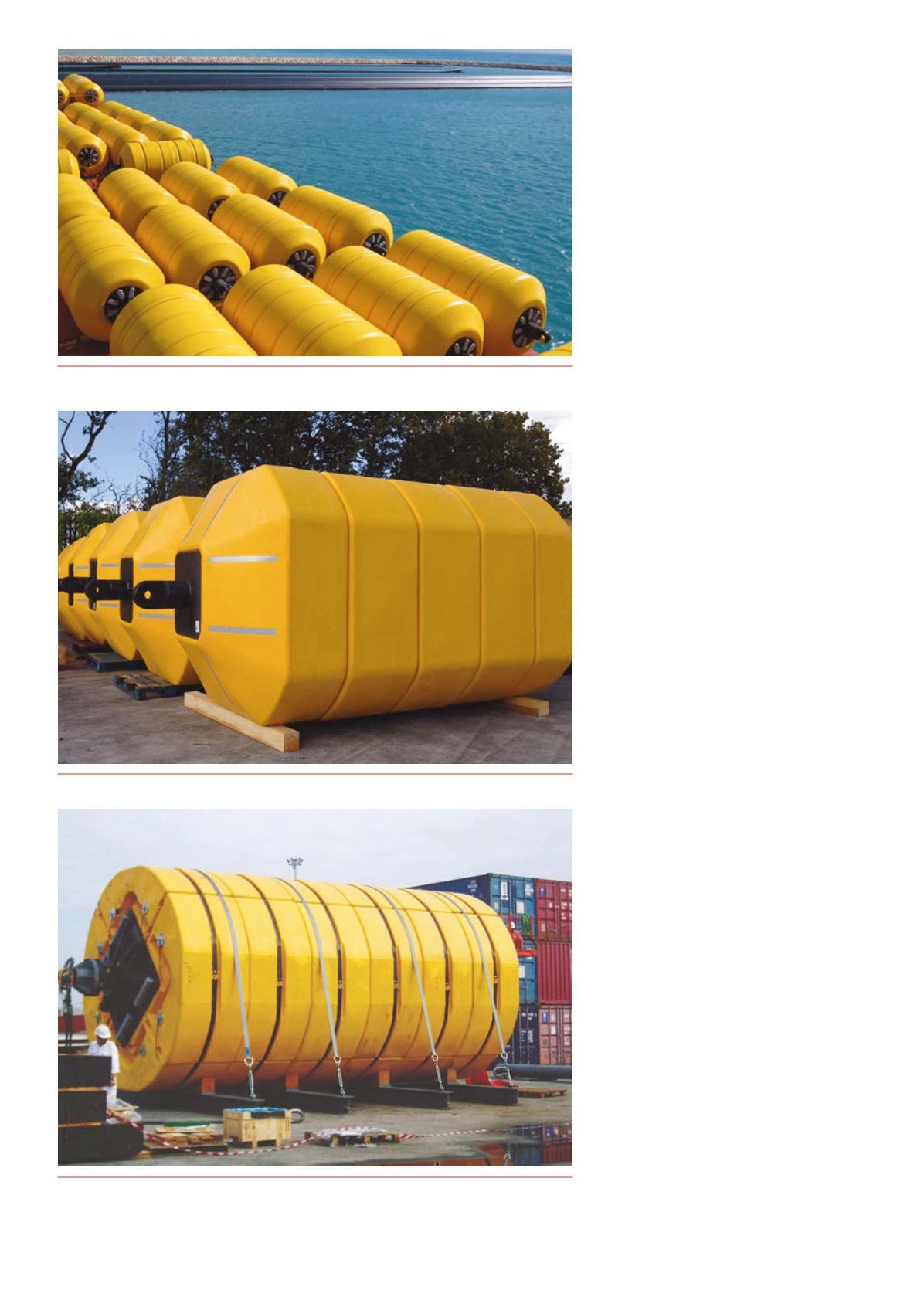
28 |
Oilfield Technology
June
2015
bemore prone to accidents, and as such, create a
potentially less safeworking environment; platforms
and vessels, which are subjected to extreme ocean
currents, corrosive salt water and frequent hurricanes,
cannot simply be brought back to shore for repairs.
With this inmind, it is vital to get product
specification right the first time and ensure that
industry regulations are adhered to, if not exceeded,
in order to guarantee that safety, performance and
longevity are achieved.
Keepingupwiththestandards
The API industry standard, API 17L, details minimum
requirements for the design, manufacture and testing
of flexible pipe ancillary equipment. It provides an
integrated approach to the design of flexible pipe
systems.
API 17L defines the technical requirements for
safe, dimensionally and functionally interchangeable
flexible pipe ancillary equipment, which is designed
andmanufactured to uniform standards and
criteria. Minimum requirements are specified for the
design, material selection, manufacture, testing,
documentation, marking and packaging of flexible
pipe ancillary equipment.
The standard applies to the following flexible
pipe ancillary equipment: bend stiffeners; bend
restrictors; bellmouths; buoyancy modules and
ballast modules; subsea buoys; tethers for subsea
buoys and tether clamps; riser and tether bases;
clamping devices; piggy‑back clamps; repair
clamps; I/J‑tube seals; pull‑in heads/installation
aids; connectors; load‑transfer devices; mechanical
protection; and fire protection.
Following the issue of API 17L, much of the
industry has educated itself on the requirements
put in place; however, it is clear that some are yet to
take it on‑board. As a result, some pipeline ancillary
products being installedmay not meet the standard
minimum level required, potentially increasing the
risk of product failure and costly downtime. This
legislation should be implemented, specifically
in syntactic foambuoyancy design, to increase
standards across the board.
As standard, the general ancillary requirements
laid out by API 17L require ancillary equipment to be:
Ì
Capable of withstanding all design loads
defined in the design requirements section
applicable to the ancillary equipment in
question.
Ì
Perform its functions for the specified service life.
Ì
Compatible with the environment to which the
material is exposed.
Ì
Conform as a minimum to the corrosion
requirements specified in 4.3.11 and in the
corrosion requirements section applicable to
the ancillary equipment in question.
When lookingmore closely at themake‑up of a
buoyancy module however, the syntactic foammust
meet particular qualification criteria to guarantee
satisfactory performance and compliance with
API 17L. In addition, referring to the standard’s
material compatibility within its environment,
Figure 1.
Trelleborg’s permanently installed 20 t, 250msw rated subseamodular buoys. Offering
a 50 year design life.
Figure 2.
Some 9.2 t, 1000msw rated stock buoys fromTrelleborg.
Figure 3.
Permanently installed 86 t, 200msw ratedgiga‑modular buoy fromTrelleborg. Offering
a 20 year design life.


